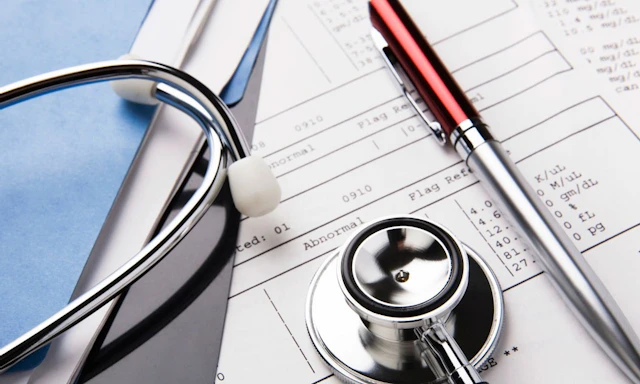
Cookies in use
Transgender People and HIV: What We Know

This research brief highlights what we know about HIV and transgender people in the United States.
Visita aqui para ver este artículo en Español: Las personas transgénero y el VIH: Lo que sabemos
More on HIV/AIDS-related resources can be read here.
Despite several years of research on HIV/AIDS and the populations it affects, we know very little about transgender people and HIV. In the vast majority of studies, transgender people have only been counted as their sex assigned at birth, which not only discounts their identities, but leaves them relatively invisible to public health officials and advocacy organizations working toward prevention, treatment, and HIV-related health care.
The few recent studies that consider transgender women (and even fewer that consider transgender men) as a specific group reveal alarmingly high HIV infection rates. According to one recent international analysis, transgender women have 49 times the odds of having HIV compared to the general population. While transgender men are less likely to be HIV positive than transgender women, their rates of infection are still higher than that of the general population.
The Centers for Disease Control and Prevention (CDC) suggests certain risk factors directly tied to transphobia and the marginalization that transgender people face that may contribute to such high infection rates. These risk factors include “higher rates of drug and alcohol abuse, sex work, incarceration, homelessness, attempted suicide, unemployment, lack of familial support, violence, stigma and discrimination, limited health care access, and negative health care encounters.” Essentially, because they are living in a society where significant stigma and discrimination against transgender people exists, they’re pushed into situations that greatly increase their HIV risk and severely limit their ability to obtain adequate care once infected.
CRITICAL ISSUES
• Visibility and Inclusiveness
Transgender people need to be included in studies of HIV-affected communities, and HIV/AIDS advocates and the LGBTQ+ community need to acknowledge the ways in which transgender people may be uniquely affected by HIV. For example, although there is some evidence to support PrEP’s efficacy among transgender women who have sex with men, more research should be done to determine what effect, if any, PrEP has on transgender men and women utilizing hormone replacement therapy. These types of population-specific concerns are important to keep in mind when discussing biomedical interventions such as PrEP and underscore the need for research specifically designed to address the concerns of transgender people.
• Prevention Education
Transgender people need access to competent, affirming, sex-positive, safer-sex information that is specifically geared toward their bodies, relationships, and community concerns.
• Barriers to Care
Transgender people face additional barriers to healthcare that other HIV-affected people may not, specifically the very real fear of being discriminated against by health care professionals or being denied treatment because of their gender identity or expression. These barriers make it more likely for transgender people to avoid getting tested and less likely to remain in HIV-related medical care.
• Violence
In addition to the high rates of gender-related harassment and violence that transgender people face, they also have much higher rates of sexual violence than the general population and other groups within the LGBTQ+ community. Because of the heightened risk of being dismissed or revictimized by police, transgender people are also less likely to report their assaults or go to hospitals for post-assault care such as post-exposure prophylaxis (PEP).
• Poverty and Unemployment
Transgender people who have been discriminated against in employment, or who have been unable to pursue advanced education because of bullying or harassment in school, are more likely to engage in survival sex work, which may put them at greater risk for contracting HIV and other sexually transmitted infections (STIs).
FAST FACTS
• Worldwide, 19.1% of transgender women are living with HIV.
• In the US, 21.6% of transgender women are living with HIV.
• The National Transgender Discrimination Survey reported that transgender people of color report exponentially higher rates of HIV – the highest rates were 24.9% for transgender African Americans (compared to 2.4% for all African Americans), 10.9% for transgender Latinos (compared to .08 for all Latino/as), as compared to a rate of 0.6% for the general US population.
• Few studies have been done on HIV prevalence among transgender men and gender non-conforming people, but there is reason to believe that these communities are more vulnerable to HIV than the general population.
• HIV is more than three times more prevalent among black trans women than among white or latina trans women.
• 1 in 3 trans people surveyed in D.C. are HIV-positive.
• 44% of trans people surveyed in D.C. listed access to trans sensitive healthcare as one of their top four priorities.
• 19% of trans people surveyed have been refused medical care because of their gender identity; 28% have been harassed in a doctor’s office.
• Transgender people were also much more likely to be HIV-positive if they had been sexually assaulted because of their gender identity, did not have a high school diploma, had incomes below $10,000/year, or if they were unemployed or had lost a job due to bias.
ADDITIONAL RESOURCES ABOUT TRANSGENDER PEOPLE AND HIV
• Center of Excellence for Transgender Health
• National Center for Transgender Equality
To download a copy of this document, please click here.
Love conquers hate.


